Bats are mammals belonging to the order Chiroptera. These animals are commonly known as vampire bats and make up about 20% of all mammals. Kitti's hog-nosed bat is one of the smallest bats in the world, while the largest is the Philippine crested bat.
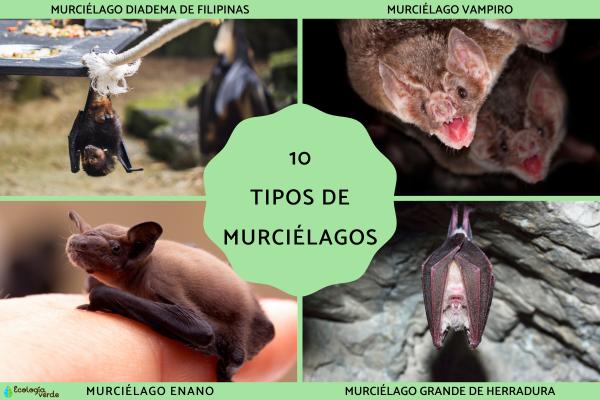
Global Bat Species: Overview
Kitti’s Hog-Nosed Bat
Giant Golden-Crowned Flying Fox
Livingstone’s Fruit Bat
Common Vampire Bat
Indiana Bat
Egyptian Fruit Bat
Common Pipistrelle
Little Brown Bat
Greater Horseshoe Bat
Atacama Mouse-Eared Bat
Bats belong to the order Chiroptera and make up nearly 20% of all mammal species, with over 1,386 identified worldwide—a number that continues to grow. They range from tiny microbats to giant fruit bats and play vital roles in ecosystem balance as pollinators, pest controllers, and seed dispersers.
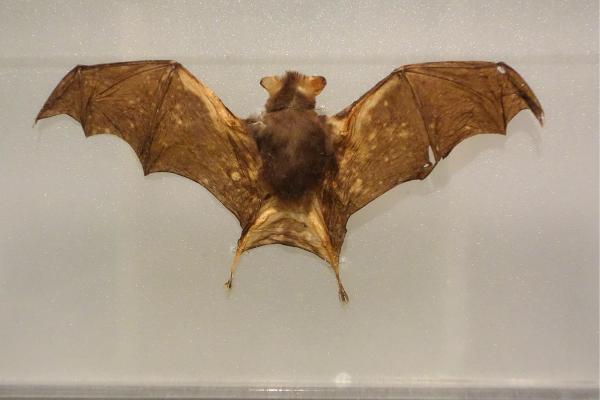
One of the world’s smallest mammals, just 29–33 mm long and 2 grams in weight. Found in western Thailand and southeast Myanmar, it hunts insects at dusk and dawn. Listed as Near Threatened by the IUCN.
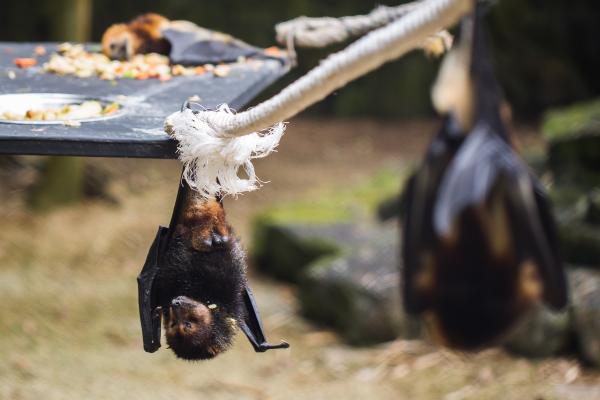
The largest bat species on earth, with a wingspan up to 1.5 meters and weighing 1.2 kg. Native to the Philippines’ forests, it is tailless with a fox-like face. Primarily frugivorous, it is Critically Endangered due to habitat loss.
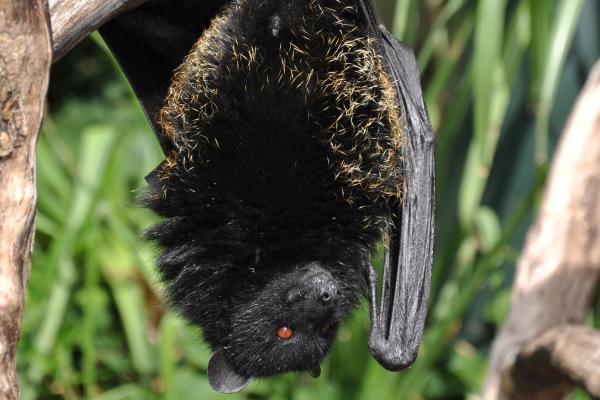
A large fruit bat from the Comoros islands, weighing 500–800 grams and about 30 cm in length. Relies heavily on local fig trees for food. Critically Endangered according to the IUCN.
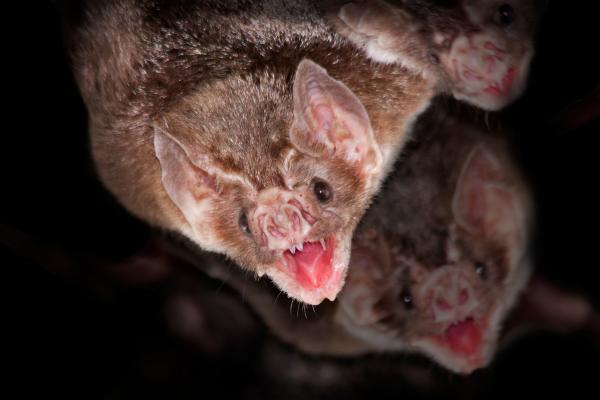
A small bat (6.8–9.3 cm) with brown fur, distributed from Mexico to northern Chile and Argentina. Feeds exclusively on vertebrate blood. Classified as Least Concern by the IUCN.
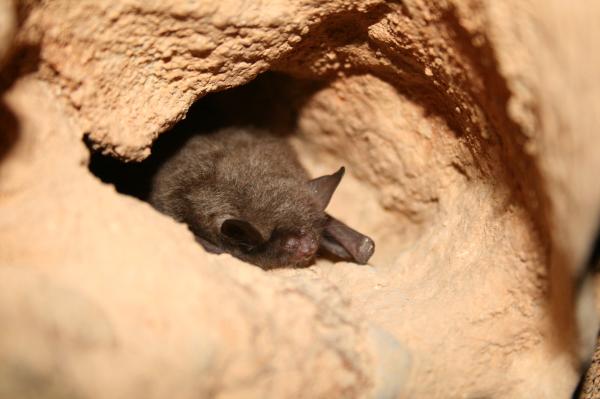
A small bat from North America, 41–49 mm long, feeding mainly on beetles, moths, and other flying insects. Ranges from Oklahoma and Iowa to Michigan and the Northeastern US. Near Threatened on the IUCN Red List.
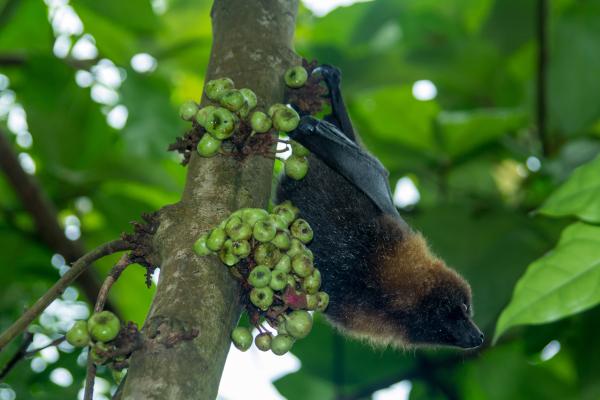
Found in Sub-Saharan Africa and the Arabian Peninsula, this bat has dark brown fur and a lighter neck. Feeds mainly on fruit and plays an important ecological role in seed dispersal. Listed as Least Concern.

One of Europe’s smallest bats (3.5–5 cm, 3.5–8 g). Forms colonies of over 1,000 individuals, distributed from southern Spain to Denmark and southern Sweden. Least Concern on the IUCN Red List.

A widespread bat in North America, 6–10 cm long and 5–14 grams in weight, with a lifespan of up to 30 years. Insectivorous. Listed as Endangered due to disease and habitat loss.
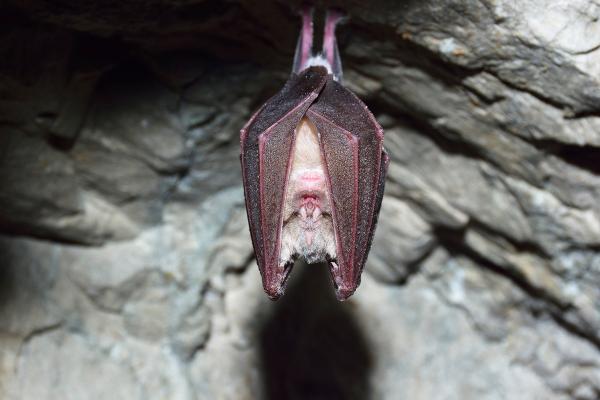
One of Europe’s largest horseshoe bats, using nasal echolocation. Ranges from the Iberian Peninsula and Morocco to Japan. Listed as Least Concern.
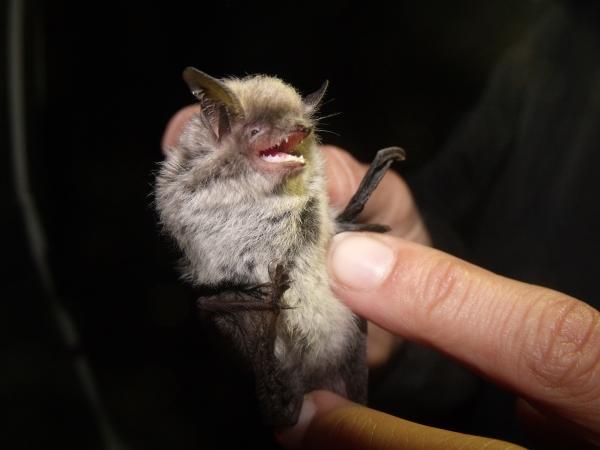
Native to northern Chile and southern Peru, with gray fur and short, broad wings for agile flight. Lives in rocky areas, tree hollows, and near water. Endangered according to the IUCN.
Bats are among the most diverse mammals, vital for insect control, pollination, and forest regeneration. Protecting bat diversity helps safeguard ecological health for the entire planet.
animal tags: Bat species
We created this article in conjunction with AI technology, then made sure it was fact-checked and edited by a Animals Top editor.